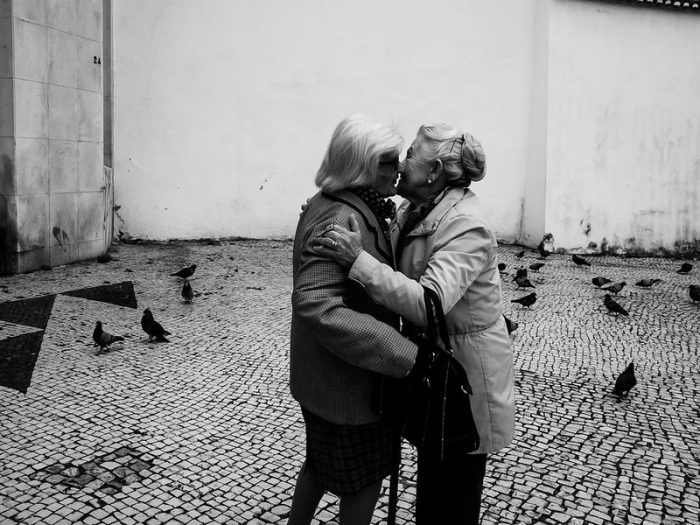I’m sitting across from a friend in a crowded café. We haven’t seen each other for a long time.
Many things have happened in both of our lives, and we have lots to fill each other in on. She goes first, and I listen intently.
The food finally arrives and she takes a pause,
“Anyway, enough about me. How’s everything with you?”
I tell her about a significant event that happened in my personal and professional life. Something that is leading me one step closer to a career in Art Therapy. I talk about the self-doubt thought process that I often face, and how I’m proud of myself for doing it anyway.
Before I can continue, I am interrupted with a barrage of ideas: what may be holding me back, things to read and consider, how to remain positive, and more.
The advice confuses me. I had just pointed out how I was not held back by myself.
It’s not only this particular friend who does this. It happens with a few others too. In general, I find it rather hurtful to be interrupted—even more so when it’s for advice that I never asked for.
I’m learning how completely invalidating it is to give people advice. Perhaps it is also revealing a part of my shadow-self that I don’t like. Perhaps, and likely, it’s both.
I’m currently studying Art Therapy. A lot of people think of Art Therapy in terms of adult coloring books, but in fact, it’s using art as a base to explore and work through psychological difficulties. Similar to any therapeutic environment, being an Art Therapist involves suspending your life—opinions, judgments, current life situations—and becoming entirely focused on the person in front of you.
It’s unbelievably difficult.
When I practice with a classmate I can feel parts of myself race in like a herd of horses, desperate to unleash my sage advice or relate to them. It feels strange to hold back and remind myself that this is not about me, it’s about them. It’s about entering into their world, understanding how they see things, and put my beliefs aside. It involves sitting with the discomfort and awkward silences, bearing witness to the person tearing up, and not doing anything about it—other than sitting quietly with them.
The whole idea of sitting with someone as they cry is one of the hardest things. It’s like watching someone fall in slow motion and just standing there with your arms crossed. It feels completely unnatural not to help. But at the same time, I have seen how deeply healing it is to let a person just be—to give them space to express the emotion, and let it wash through them. Not to rush in and ease the pain. Not to offer advice, or ways to see things differently, or how to cheer up. Simply being there is so much more powerful than words could ever be.
Imagine how different things would be if we did this for the people around us.
Practicing these skills in class and watching the person unfold has been so illuminating. It’s brought a heightened sense of awareness to what listening really is. How rare it is.
I realize that people who offer advice are just trying to help, but it translates to,
“Speak no further! I know what is right, and this is what you need to do!”
Instead of,
“I’m sorry to hear you’re going through that, how can I help you?'”
In the former it becomes about you, in the latter, it becomes about them. This is an important distinction if your goal is to help a person.
As a recovering advice-giver, I know how hard it is. I still find myself jumping in with advice without even realizing it. It’s like my brain is on autopilot.
It is surprising how listening with two ears and one silent mouth can change everything.









Read 0 comments and reply